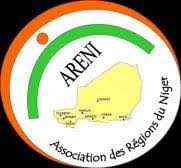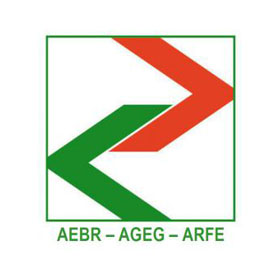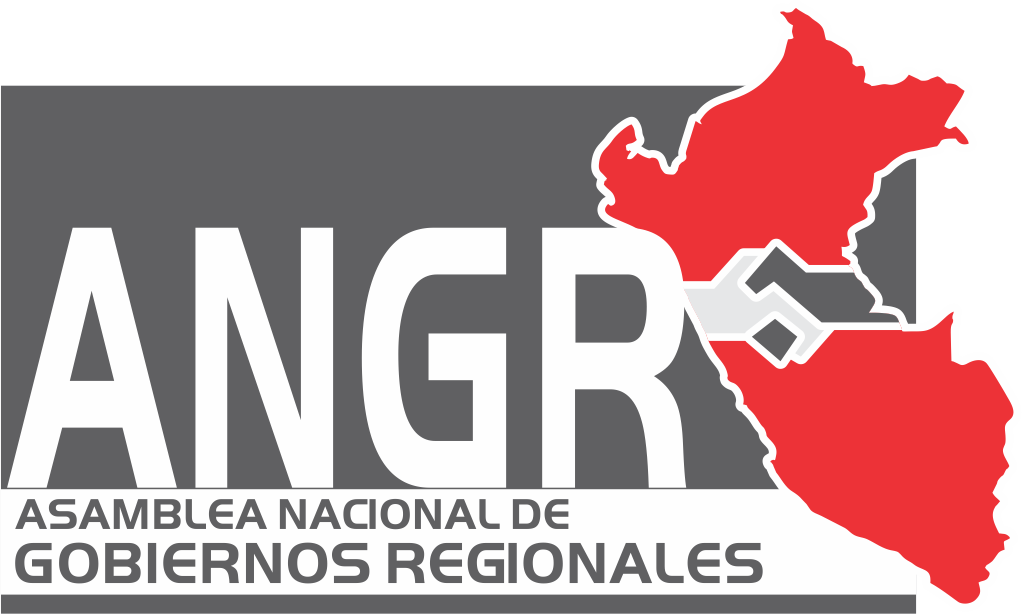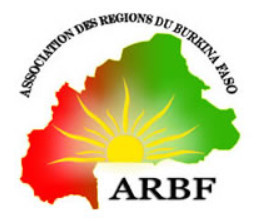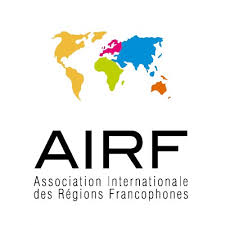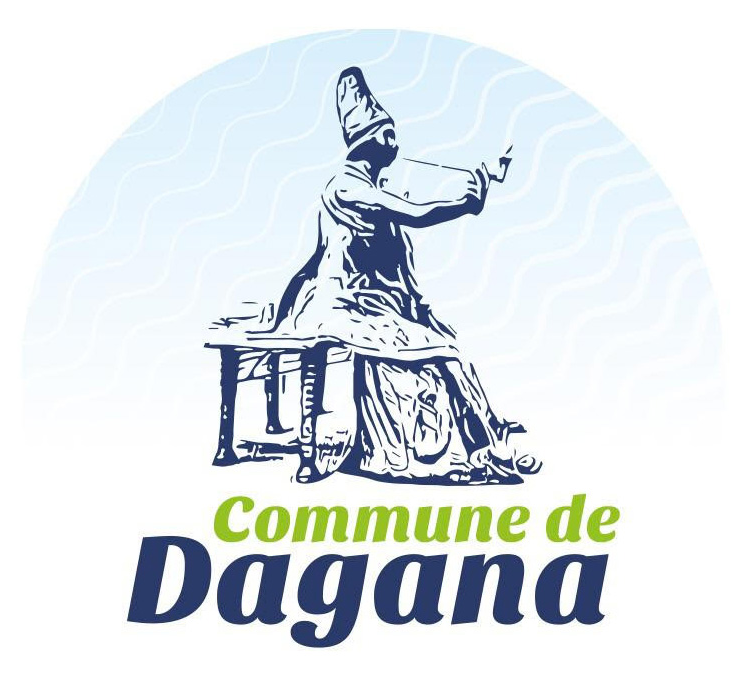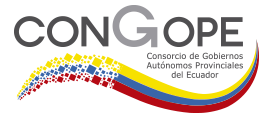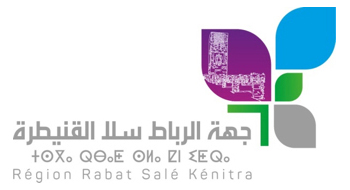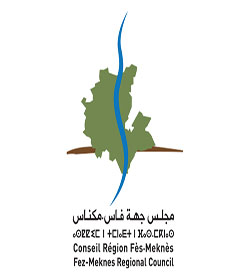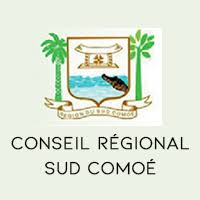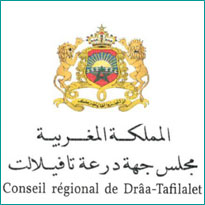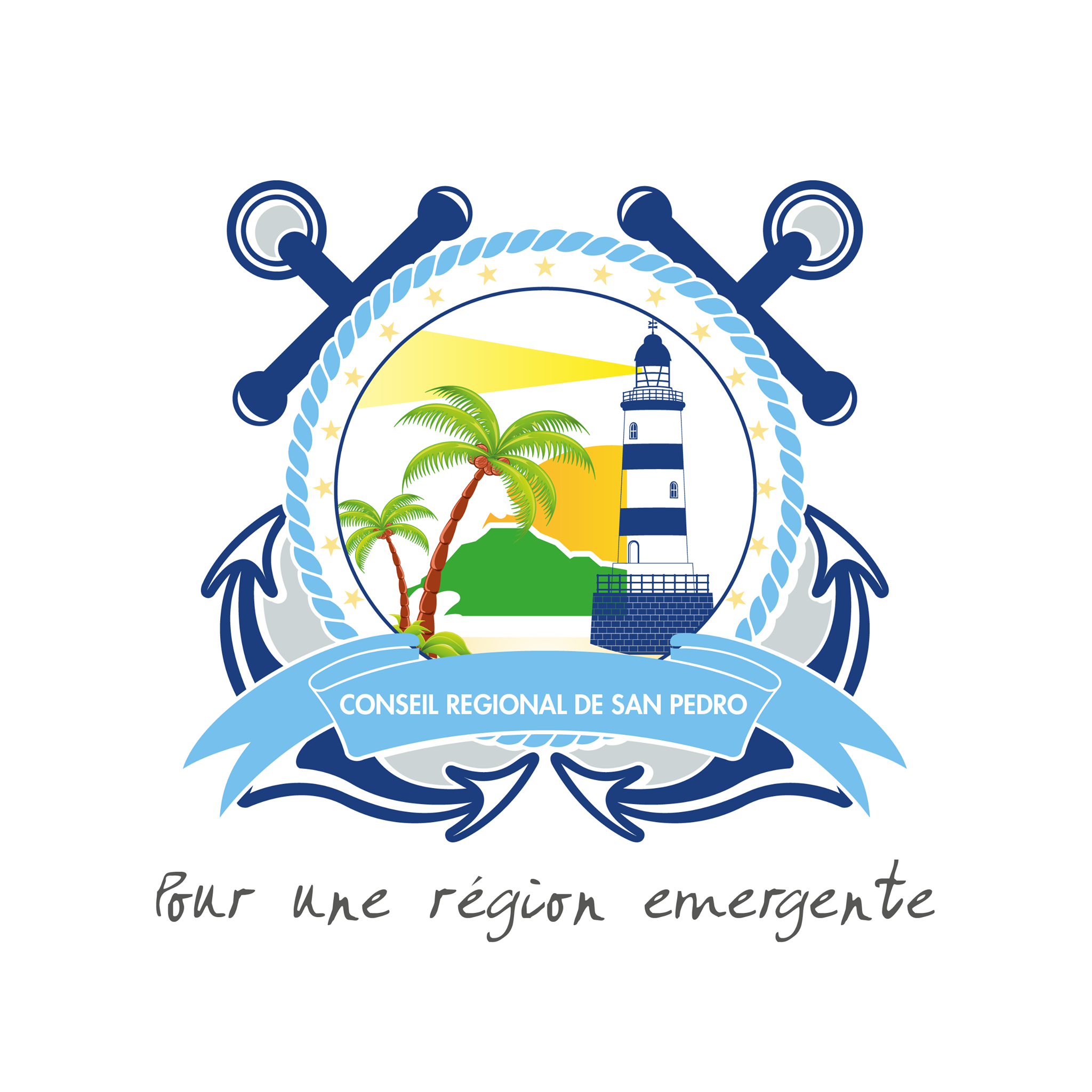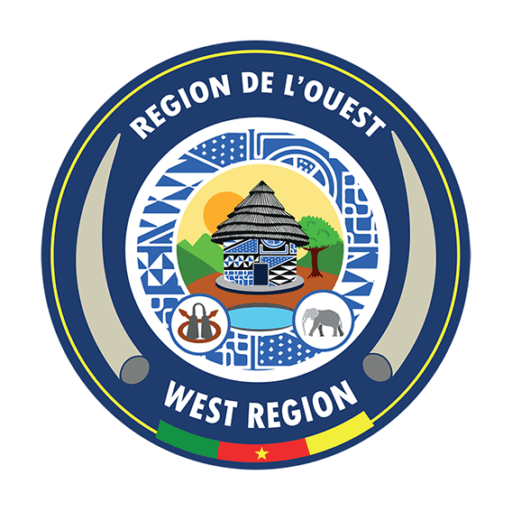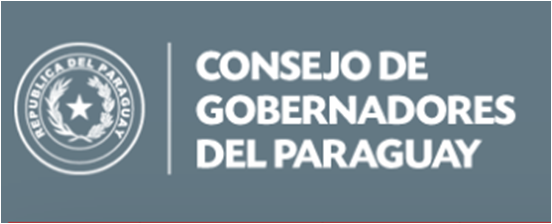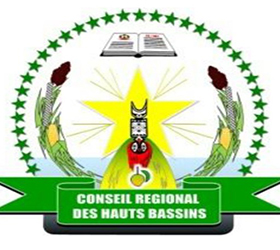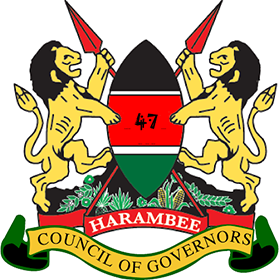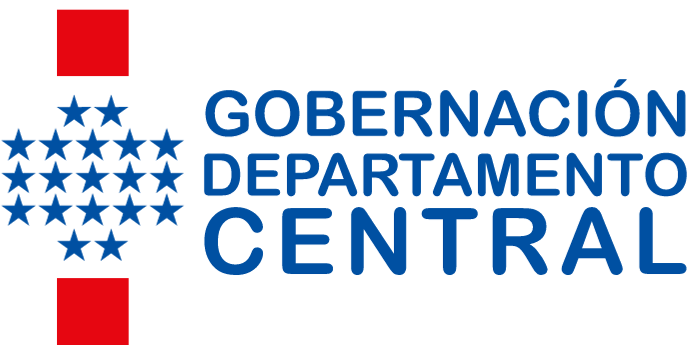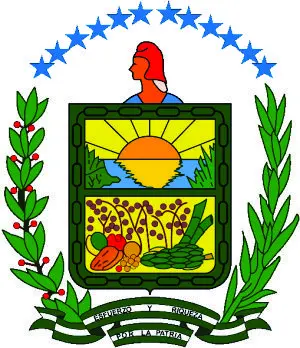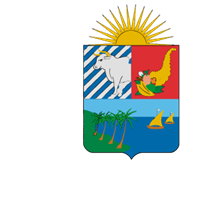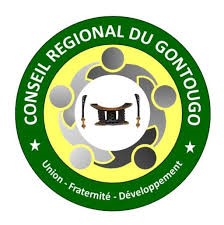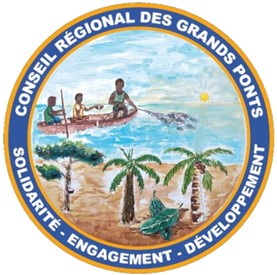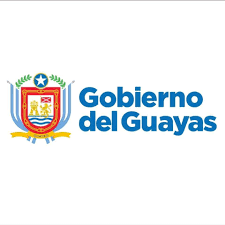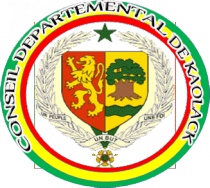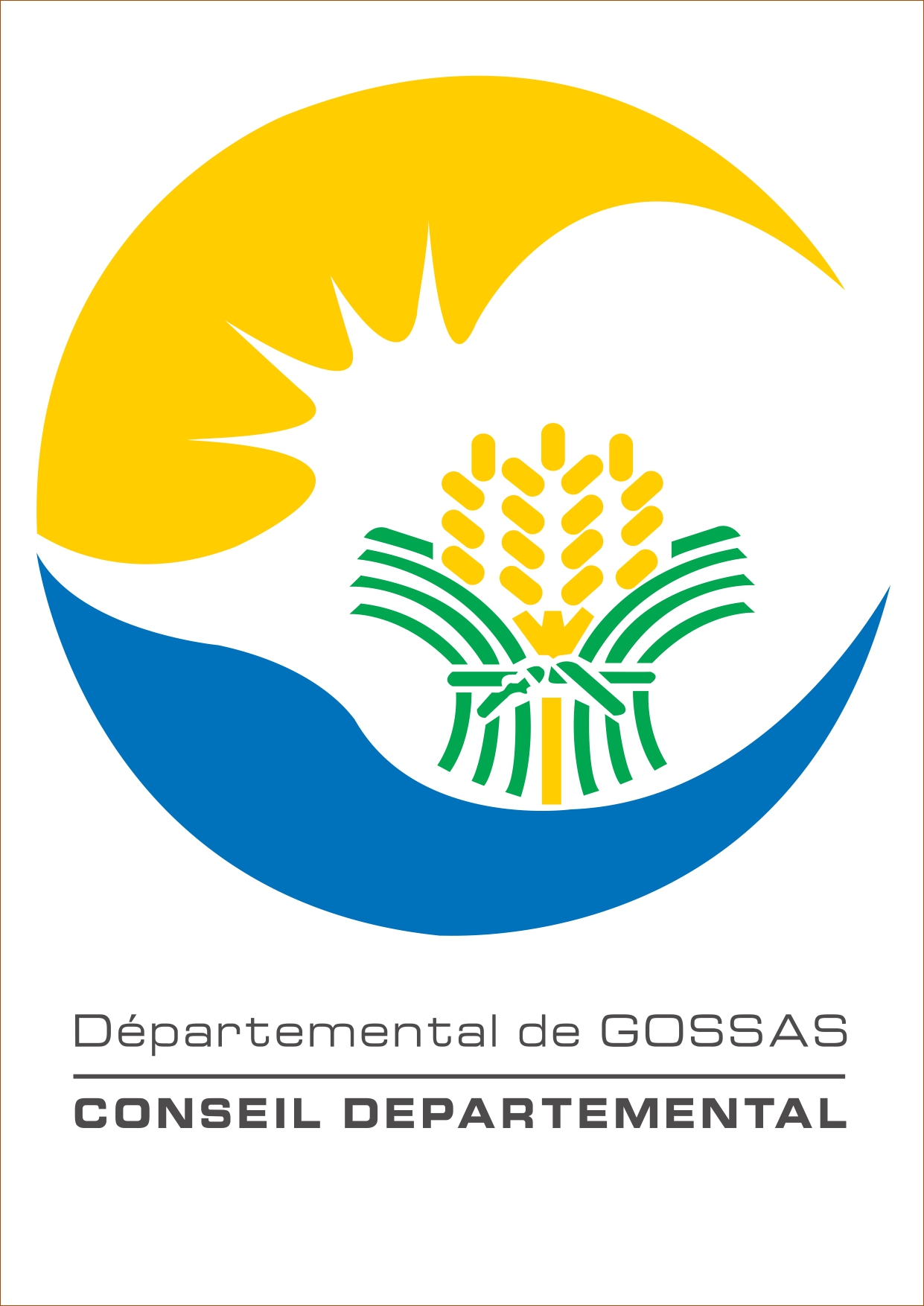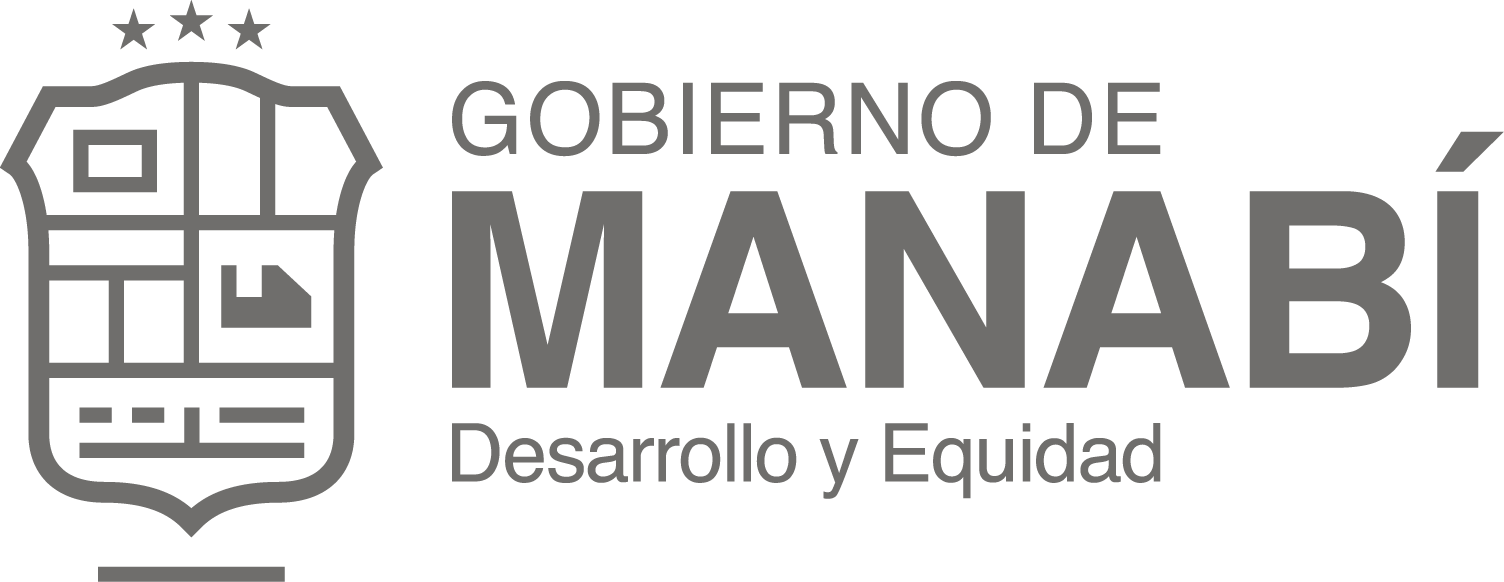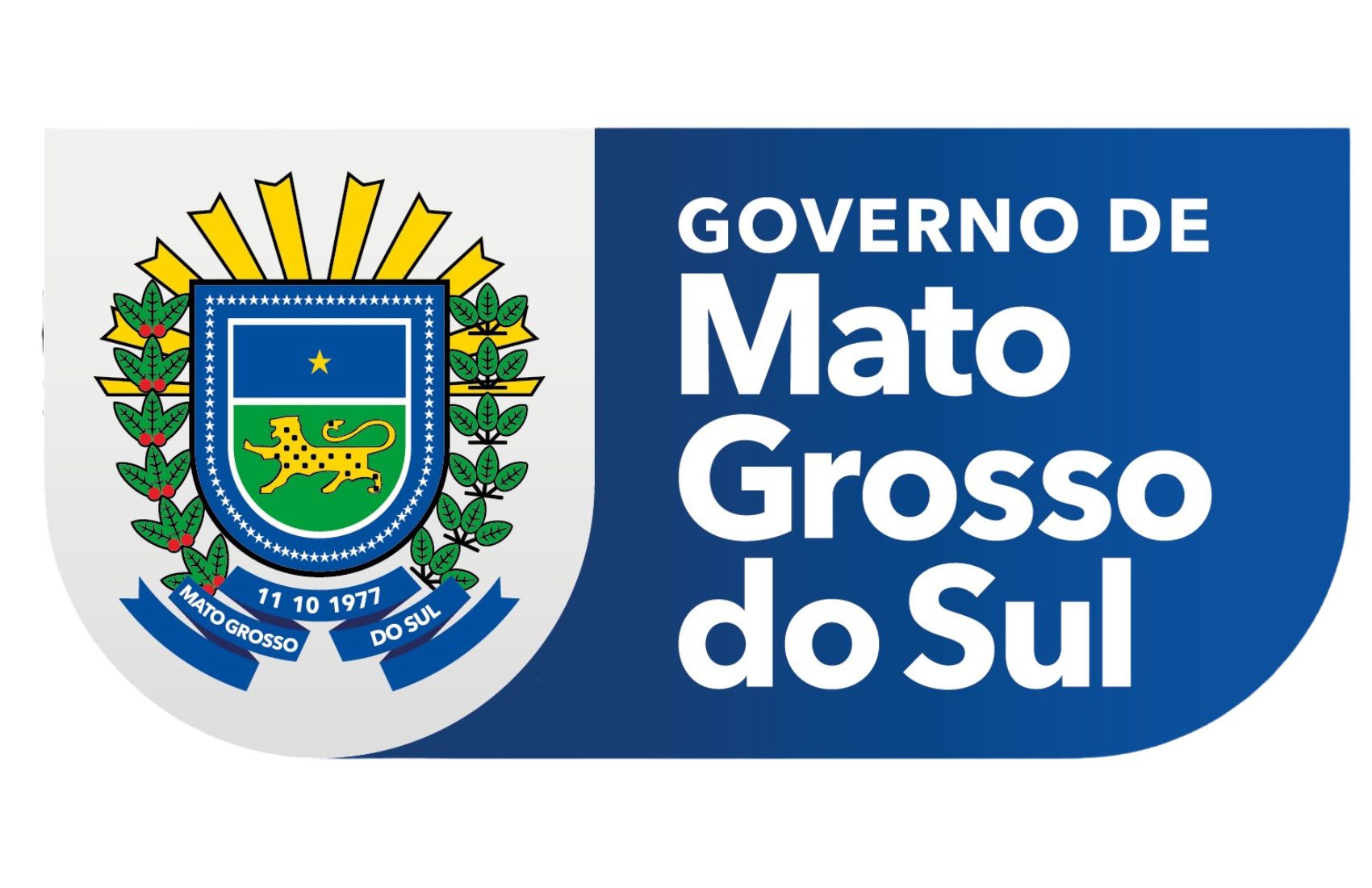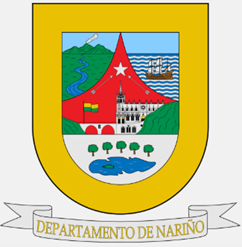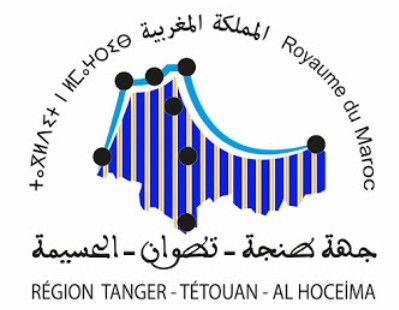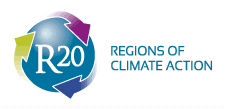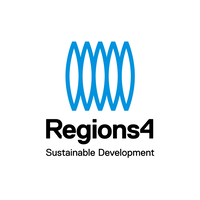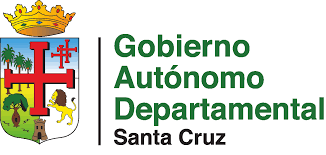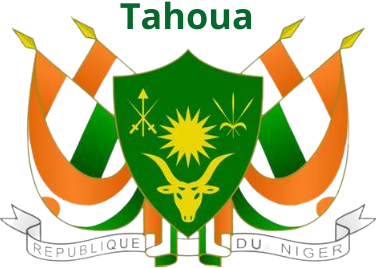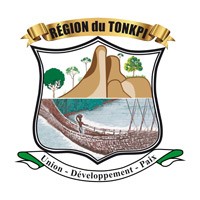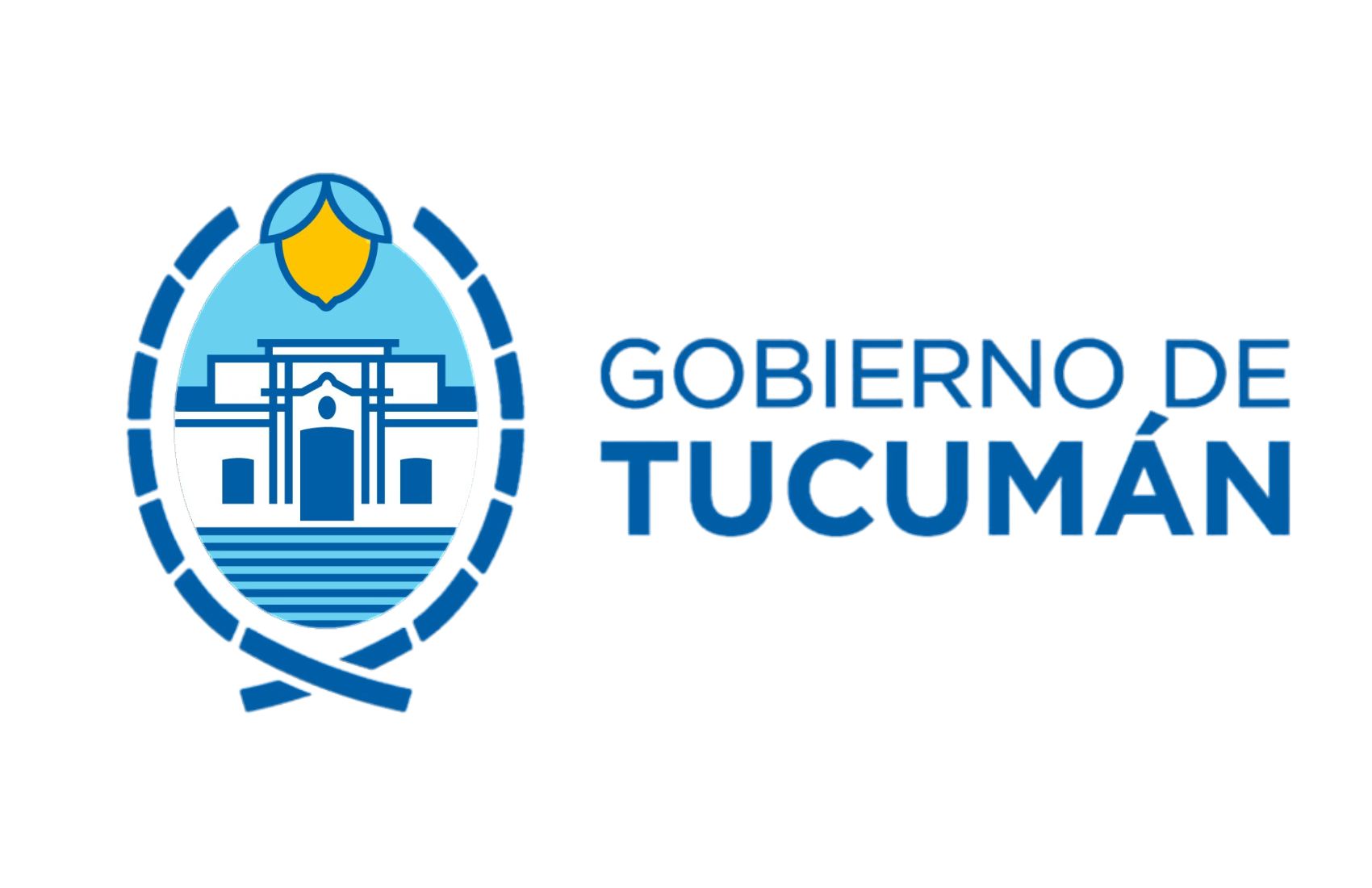Acces to safe drinking water: an absolute emergency for territories and populations
Alain-Richard DONWAHI
President of the COP 15, UNITED NATIONS WATER CONFERENCE ON DESERTIFICATION and President of the Regional Council of Nawa, Ivory Coast
Build roads, provide access to electricity, offer economic opportunities: if there is no water, nothing is possible. Water is essential to life, to the prosperity of states and territories, to the health of populations and the planet. But when it comes to access to safe drinking water, the figures are alarming. Today, more than 2 billion people in the world do not have access to safe drinking water. An estimated 1.8 billion people worldwide use water contaminated by pesticides or feces. Nearly 2 billion people use a drinking water source contaminated with fecal matter. It is also important to know that more than 80% of wastewater is discharged into the environment without being cleaned up and that wastewater kills more people than wars or terrorism. In developing countries, budgets for water, sanitation and hygiene remain insufficient, and access to safe and reliable water and sanitation services on a continuous basis is not assured. According to projections for 2050, one in four people are likely to live in countries affected by water stress and water shortages.
We need to act to ensure that all people in the world have access to safe water by 2030. The United Nations Water Decade 2023 Conference on "Water and Sustainable Development" is a comprehensive mid-way review of the implementation of the Sustainable Development Goals. The conference is based on the premise that progress on the water-related goals and targets is far from satisfactory, and that this negatively impacts the overall sustainable development agenda. The objective of this United Nations Water Conference 2023, the first water conference of this magnitude organised at the United Nations since 1977, is to propose a particularly ambitious programme of multi-sectoral actions on water in order to increase the commitment of the international community, of each State in the major orientations of public policies and of the regions with the aim of allowing access to water for all populations and preserving this natural wealth, which is a common good. As with all common goods, its value is far greater than its market value.
We must give sustainable management of freshwater resources a new impetus based on three pillars: the development of water access mechanisms and global facilities, technical and financial partnerships and international cooperation. At a time when access to drinking water is becoming more and more complicated with a global population that is constantly increasing and water resources that are becoming increasingly scarce, we must mobilise all the public and private players in charge of managing the planet's drinking water reserves. It should be remembered that 97.5% of the water available on the planet is salty. This leaves only 2.5% of fresh water, of which 1.5% is in the form of ice. We must therefore implement mechanisms that will enable us to identify, analyse and evaluate all the initiatives taken throughout the world in order to develop sustainable development projects devoted to water, based on the following question: how can we protect and sustainably manage our freshwater reserves ?
The new parameters
Four new parameters overhang this issue: 1) The demographic issue 2) Water wars 3) Global warming 4) Desertification, land degradation and drought.
• A soaring demography
The world's population is currently 8 billion, and is expected to rise to 9.7 billion by 2050 and to 11 billion by 2100, compared with 8 billion today. Africa's population has grown from 100 million in 1900, to 300 million in the 1950s and 1960s, to 650 million in 1990 and 1.5 billion in 2022, already accounting for 18% of the world's population. According to UN population projections, Africa's population is expected to be around 2.5 billion in 2050 and 4.4 billion by the end of the century, i.e. more than a quarter of the world's population. Drylands cover 65% of the African continent and one third of this area is arid, uninhabited desert. Today, in the other two-thirds, more than 400 million Africans live under water stress and scarcity. Apart from the geopolitical, geo-economic and geo-cultural upheavals, this demographic boom will have a geo-ecological impact not only in Africa, but also on the scale of the entire planet.
• The water wars
Confrontation zones over access to water are multiplying on all five continents, as the population grows and the resource becomes scarcer. There were recently 12 points of tension around the world over access to water, in particular the management of the Nile. Should we fear that in the 21st century we will see wars over "blue gold" between states, even though since the dawn of humanity no water war has pitted two nations against each other, except between two city-states, Lagash and Umma, in Lower Mesopotamia, 2,500 BC? The lack of water in the years to come, caused by climatic and demographic upheavals, is likely to lead to an increase in localised conflicts, particularly between farmers and herders. For Franck Galland, author of "Guerre et eau", published by Robert Laffont, "Water has become a strategic and security issue. One billion people live in areas subject to shortages. There will be 3.4 billion in 2030, that's tomorrow 2030. There is a diagonal from Tangier to the north-east of China, which crosses North Africa, the Sahel. 150 million Sahelians have seen their water resources decrease by 40% since 2000.
• Global warming and climate change
Under the negative impact of atmospheric warming and climate change, ecological disasters are occurring one after the other with increasingly acute episodes: torrential rains, exceptional droughts that accelerate desertification and soil degradation. Can we still contain the impacts of climate change and drought on soils, rivers and lakes? This question does not only concern the countries of the South or developing countries, but also rich countries. In the United States, after experiencing an exceptional drought, California is being hit by "atmospheric rivers" causing massive rainfall. Episodes of severe drought are not matched by rainfall, the intensity of which results in flooded rivers, landslides, flooded cities, and reservoirs on the verge of collapse. In contrast, Ethiopia, the Horn of Africa and the Sahel are experiencing a dramatic episode of extreme drought. The work of the COPs on rising temperatures shows that global warming is exacerbating water scarcity. Since the pre-industrial era, the planet has already warmed by 1°C; with the industrial era, over-exploitation of land and deforestation, temperatures could rise by another 2 or 3 degrees. "According to UN climate experts (IPCC), with each additional degree, about 7% of the world's population would lose at least 20% of its renewable water resources. By 2030, the world will face a 40% water deficit if nothing is done to contain global warming. And at the same time, global demand for water is expected to increase by 55%, driven by the pressure of developing countries' metropolises. (1) The acceleration of global warming is having an increasingly negative impact on water resources. For Piotr Wolski, a hydroclimatologist at the University of Cape Town, "the risk of dry years increases as we approach the end of the century and the chances of rainy years decrease". It is now known that accelerated global warming will increase the risk of water scarcity. This is already happening in some parts of the world. California has already experienced a three-year drought. In Ethiopia, some regions have not had a proper rain season for six years.
• Desertification, land degradation and drought
The issues of desertification, land degradation and drought, which concern the COP 15 that I am chairing, are obviously related to the issue of global warming, just as they are related to the issue of biodiversity preservation. The three COPs (combating global warming, combating desertification, protecting biodiversity) work in close synergy. Global warming is of course accelerating the phenomenon of desertification. On desertification and drought, I wrote in an article on the dramatic episode of acute drought in Ethiopia: "A distinction must be made between 'desertification' and 'drought', two distinct phenomena. In simple terms, 'desertification' is defined as land degradation in arid, semi-arid and dry sub-humid areas, caused by climatic variations and human activities leading to overexploitation and inappropriate land use. Drought" is the result of insufficient or no water for a long period of time, which negatively impacts soils, fauna and flora. "Desertification" and "drought" have a strong negative impact on the productivity of the land. Arid, semi-arid and dry sub-humid areas are particularly affected. Of the 2.3 billion people who face drought and water stress, the vast majority live in these areas. These constantly rising figures are a cause for concern to the international community, which has taken stock of the negative impact of drought on the living conditions of populations that are already among the most fragile and precarious. With the COP 15, we are working on a stronger mobilisation of the international community and greater support from technical and financial partners in order to implement effective mechanisms to combat drought. These mechanisms include mechanisms to preserve and manage water resources more effectively, which is an absolute priority and a major cross-cutting and multi-sectoral issue that is not just a matter for public policies, but requires a strong commitment from the private sector and NGOs, whose work in the field, as close as possible to the populations, is to be commended.
Conclusion
Uncontrolled population growth, global warming, intensive agriculture: deforestation, outdated facilities, insufficient funding, all these factors make water an increasingly scarce and expensive commodity. Water is now being challenged by climate change, desertification and increasingly severe droughts. In a report published by the United Nations, experts estimate that up to 52% of the world's population is likely to be living with the effects of water scarcity and water stress in the near future by 2050.
The progress made in terms of sustainable development is real, even if there is still a lot to do. It is essential that we decompartmentalise the debates in order to identify water-related issues in all sectors. With COP 15, we wanted to show that environmental performance cannot be detached from economic and social performance. The "Great Green Wall" initiative (2), launched by the African Union, is not just a vegetation project in the Sahel, 7,800 km long and 15 km wide from Senegal to Djibouti, but also a project that aims to offer economic opportunities, protect ways of life, preserve civilisations, promote the emancipation of women and young people and guarantee lasting peace in areas where the risks of tension are increasing.
It is understood that water is one of the crucial elements, though not the only one, for most of the seventeen Sustainable Development Goals, whether it be the fight against hunger in the world, the fight against poverty, the fight against desertification and the degradation of the soil and the state of the ocean. The UN-Water report states that "as temperatures rise, the demand for water increases and evaporation increases, depriving soils of their moisture". The evidence of the diagnosis should not make us forget the reality of the facts. In its report, "Water and Climate Change", UNESCO details the countless interactions between water management and various sectors, including health. In 1994, World Water Day chose the theme "Water Resources are Everyone's Business"; in 1997, it asked the question "Is there enough water in the world? In 2023, these three themes have taken on greater importance, which is reflected today, through the COPs, by an unprecedented mobilisation of the international community and exemplary cooperation on the issue of water.
_____________________
• Sources : Sciences & Avenir, février 2018.




